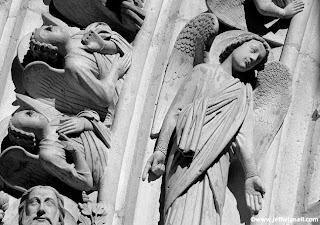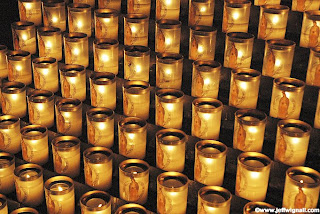 If you're like me and you live in the north and you happen to hate the cold weather (you're not one of those people that loves the cold, are you?), then this is the time of year to take your camera to a nice steamy indoor aquarium. I'm fortunate in that I live near the beautiful Mystic Aquarium, one of the best aquariums in the world. But lots of cities around the country have interesting aquariums and they're a great place to spend a day photographing interesting sea creatures.
If you're like me and you live in the north and you happen to hate the cold weather (you're not one of those people that loves the cold, are you?), then this is the time of year to take your camera to a nice steamy indoor aquarium. I'm fortunate in that I live near the beautiful Mystic Aquarium, one of the best aquariums in the world. But lots of cities around the country have interesting aquariums and they're a great place to spend a day photographing interesting sea creatures.The biggest problem that you'll run into in aquariums, of course, is the low light level. Flash is little use in an aquarium because you're almost always shooting through glass, so you have to rely on a combination of a high ISO and existing light. Fortunately most aquariums do a great job with dramatic lighting. I shot the image here at Mystic in an indoor tide pool by raising the ISO to 1600 and then resting the camera (gently) on the edge of the exhibit. I had to play around a bit to find an angle that let me pierce the surface glare of the water, but the exhibit was so nicely lit that once I found the right angle, the shot looked totally natural.
One last suggestion is to bring a pad and pen with you so that you can write down the species that you're photographing, that way you can caption your photos better if you post them to an online photo-sharing community. And be sure to contact the webmaster at the aquarium if you get some good shots--they'll probably be happy to post your photos (and they might even trade you future admissions).

































